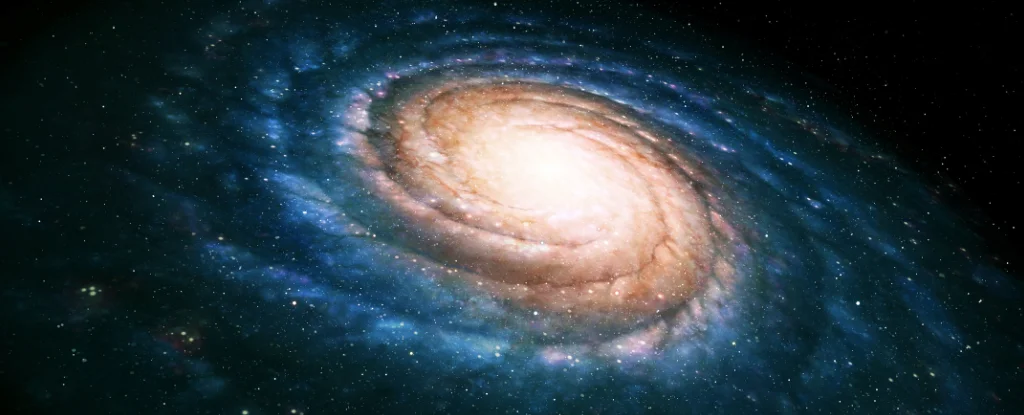Chinese astronomers have published new findings about the size of the Milky Way galaxy, suggesting it is much larger than previously thought. Their research, published in the prestigious journal Nature Astronomy, used data from APOGEE, the world’s first major near-infrared stellar spectral survey.
The research team analyzed the distribution of stars in the Milky Way
This research allowed the team, led by Associate Professor Liang Jianhui from Yunnan University, to account for dust and other factors that can interfere with traditional measurements. By analyzing the distribution of stars in the Milky Way, they were able to reconstruct a more complete picture of its structure.
Their findings cast doubt on the long-held assumption that the Milky Way has a single exponential disk (a flat structure in which the density of stars gradually decreases as you move outward). Instead, the study suggests a more complex framework. The outer disk (24,000 light-years from the galactic center) appears to follow an exponential pattern. However, the inner disk (between 11,000 and 24,000 light-years) shows a flatter distribution, with stellar density remaining relatively constant.
This revised understanding has important implications. Previous estimates based on the exponential disk model suggested that the Milky Way’s radius was about 10,000 light-years, making it appear denser than galaxies of similar mass. But the new data suggests that the 19,000 light-year radius is almost double, putting the Milky Way in line with other galaxies of its type.
Professor Lian stresses the importance of near-infrared observations to overcome the limitations of traditional methods. Dust particles have a significant effect on visible light, but their effect on near-infrared waves is much smaller. This makes it possible to obtain a clearer picture of the distribution of stars, especially in the dusty inner regions of the Milky Way.
These findings provide valuable insight into the structure and properties of our galaxy, encouraging further research to revise predictions of the overall physical properties of the Milky Way.













